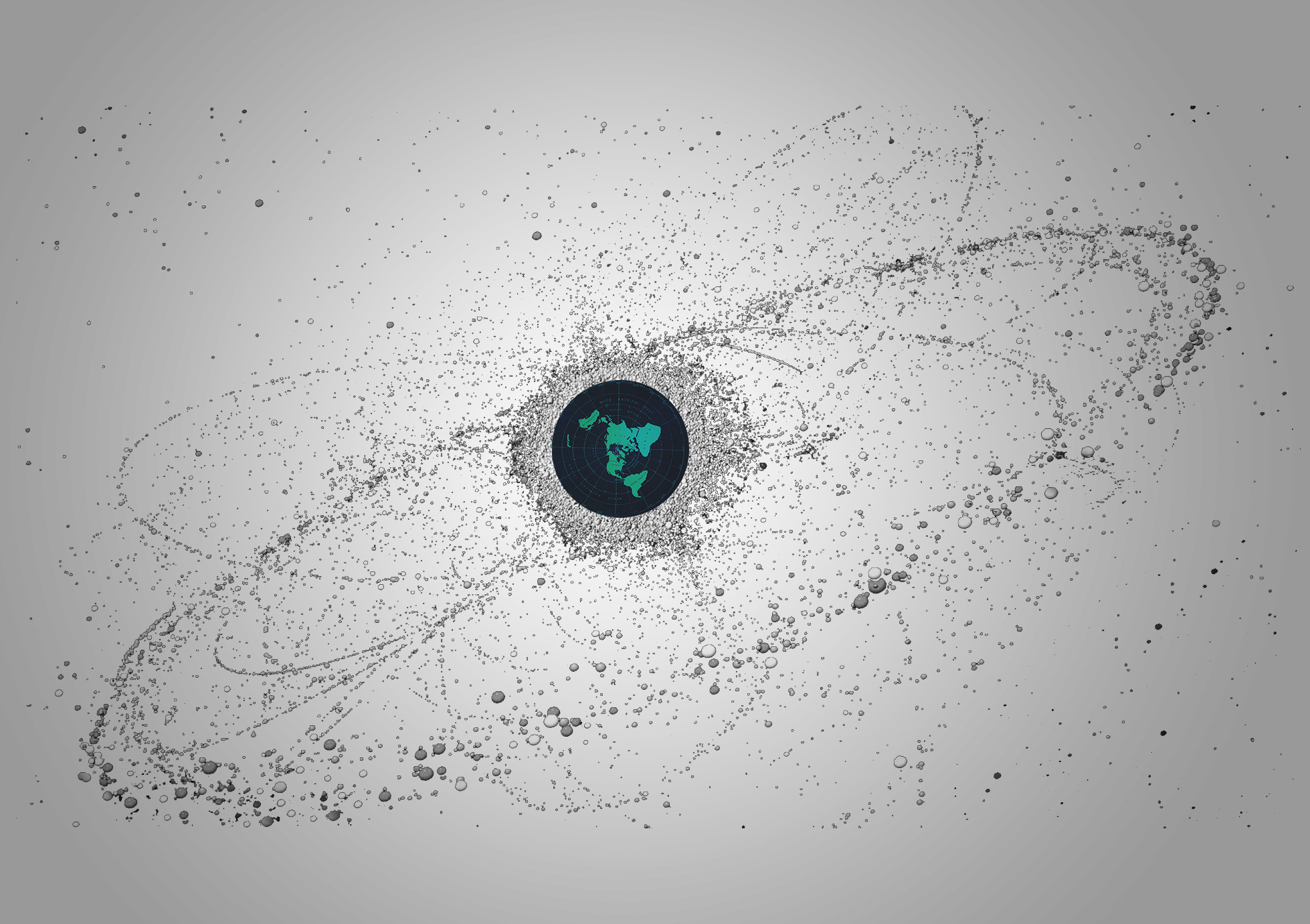There are thousands of artificial satellites orbiting the Earth in space every day. However, most of them might be unknown to people. Today, let’s take a fantastic journey to explore the world of artificial satellites...
What is an Artificial Satellite?
In the context of spaceflight, an artificial satellite is an object that has been intentionally placed into orbit. These objects are called artificial satellites to distinguish them from natural satellites such as Earth's Moon.
How Do Satellites Orbit Earth?
Most satellites are launched into space on rockets. A satellite orbits Earth when its speed is balanced by the pull of Earth's gravity. There are four major types of orbit: Low Earth Orbit (LEO), Medium Earth Orbit (MEO), Geostationary Orbit (GEO), and Highly Elliptical Orbit (HEO).
Low Earth Orbit (LEO)
A Low Earth Orbit (LEO) is an Earth-centred orbit with an altitude of 2,000 km (1,200 miles) or less (approximately one-third of the radius of Earth). Most of the man-made objects in outer space are in LEO.
Medium Earth Orbit (MEO)
Medium Earth orbit (MEO) is the region of space around Earth above Low Earth Orbit (altitude of 2,000 km (1,243 miles) above sea level) and below Geostationary Orbit (altitude of 35,786 km (22,236 miles) above sea level).
Geostationary Orbit (GEO)
A Geostationary Orbit (GEO), also referred to as a Geosynchronous Orbit, is a circular orbit 35,786 km (22,236 miles) above Earth's equator and following the direction of Earth's rotation. To ground observers, an object in such an orbit appears motionless in a fixed position in the sky.
Highly Elliptical Orbit (HEO)
A Highly Elliptical Orbit (HEO) is an elongated elliptical orbit around Earth. Bodies moving through such an orbit appear to move slowly, and remain at high altitude over high-latitude ground sites for long periods of time. This makes these elliptical orbits useful for communications satellites.
Now, it is time for you to explore the world of artificial satellite by yourself!
HAVE FUN
:)

